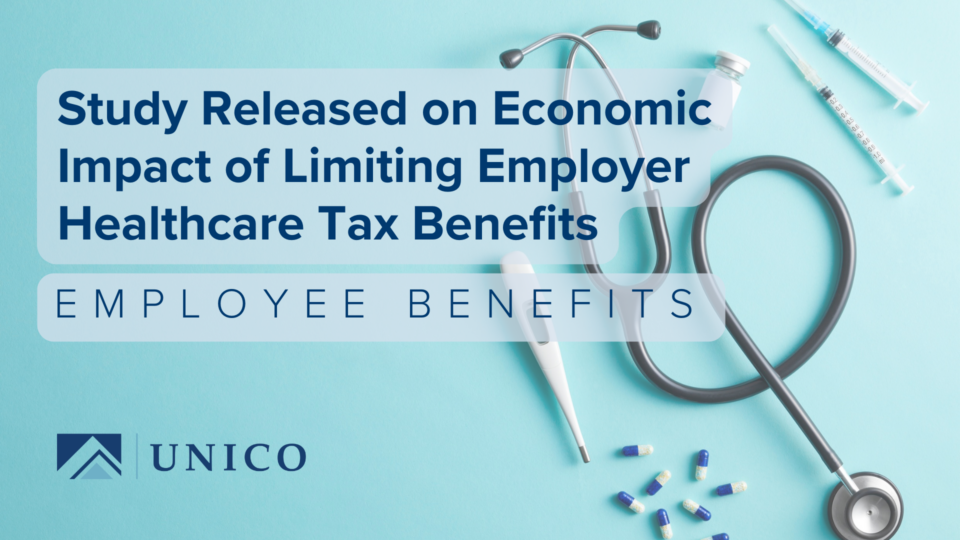Worker classification directly impacts employee eligibility for benefits, legal protections, and taxation. Employee misclassification is a growing concern for the U.S. Department of Labor (DOL). The DOL uses the economic reality test (ERT), which examines whether a worker is economically dependent on the employer or engaged in business for themselves.
The DOL released a final rule, effective March 11, 2024, revising the agency’s guidance on how to analyze who is an employee or independent contractor under the Fair Labor Standards Act (FLSA). This final rule rescinds the 2021 Independent Contractor Rule.

Worker Classification 2024 Final Rule
According to the DOL, the final rule will reduce the risk of employees being misclassified as independent contractors while providing a consistent approach for businesses that engage with individuals who are in business for themselves.
The final rule rescinds the 2021 Independent Contractor Rule and returns to the pre-2021 rule precedent. In doing so, the final rule restores the multifactor, totality-of-the-circumstances analysis to assess whether a worker is an independent contractor under the FLSA. Under the final rule, six economic reality factors are all weighted to assess whether a worker is economically dependent on a potential employer for work according to the totality of the circumstances.
Arguably, the final rule may result in classifying a greater number of workers as employees, not independent contractors. This classification would be significant, particularly in the gig economy, as it would afford more individuals FLSA rights and protections.
The Economic Reality Test
The DOL uses the economic reality test (ERT) to determine whether a worker is an employee or an independent contractor under the FLSA. This test uses multiple factors to determine if an employment relationship exists. The goal of the test is to decide if the worker is economically dependent on the employer for work or is instead in business for themselves.
For example, if the economic realities show that the worker is economically dependent on the employer for work, then the worker is an employee. However, if the economic realities show that the worker is in business for themself, then the worker is an independent contractor. The economic realities of the entire working relationship are looked at to decide whether a worker is an employee or an independent contractor.
ERT Six Economic Reality Factors
Worker classification requires employers to evaluate the six economic reality factors when determining a worker’s status for FLSA purposes:
- The degree to which the employer controls how the work is done;
- The worker’s opportunity for profit or loss, depending on managerial skill;
- The amount of skill and initiative required for the work;
- The degree of permanence of the working relationship;
- The worker’s investment in equipment or materials required for the task; and
- The extent to which the service rendered is an integral part of the employer’s business.
No single factor (or set of factors) automatically determines a worker’s status as either an employee or an independent contractor.
Additional Factors
The ERT allows additional factors beyond the six factors discussed above to be considered if they are relevant to the overall question of whether the worker is in business for themselves or is economically dependent on the employer for work. Certain facts are not relevant to whether an employment relationship exists, including:
- What the worker is called—a worker may be an employee under the FLSA regardless of the title or label they are given;
- Whether a worker is paid off the books or receives a Form 1099; or
- Whether the work agrees verbally or in writing to be classified as an independent contractor, including by signing an independent contractor agreement.
Additionally, such facts as the place where work is performed, whether a worker is licensed by a state or local government, and the time or mode of pay do not determine whether a worker is an employee or an independent contractor under the FLSA.
Employer Compliance Considerations
A worker’s coverage by a particular law or entitlement to a particular benefit often depends on whether they are an employee or an independent contractor. In general, employment laws, labor laws and related tax laws do not apply to independent contractors. Employers who misclassify employees may be liable for expensive fines and litigation if a worker should have been classified as an employee and did not receive a benefit or protection they were entitled to by law.
Connect with your UNICO Advisor for additional information on appropriate worker classification.




